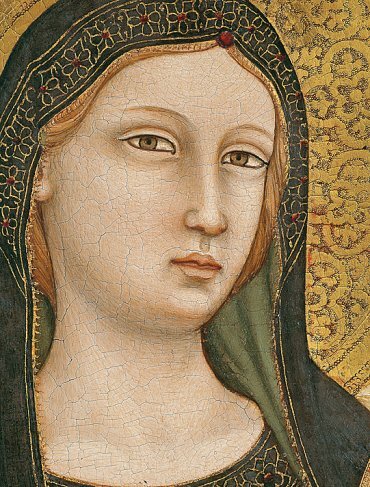Franciscan art on display at the Galleria dell'Accademia

Until next October 11 the Galleria dell'Accademia in Florence presents the exhibition "Franciscan art: masterpieces of art and Asian lands from the 13th to the 15th" that documents the artistic production of Franciscan matrix (among painting, sculpture and sumptuary arts) from the 13th to the 15th century, highlighting at the same time, the extraordinary work of evangelization of the Franciscans in Asia, from the Holy Land to China.
The works presented were commissioned by Franciscan friars through prestigious foundations or private citizens and reconstruct the close relations between Europe and Asia in an era when travel was still considered a dangerous adventure.
In particular, with regard to painting, it is of decisive importance to the work of Giunta di Capitino, the first official painter of the Franciscan Order, which had a big influence, especially in central Italy, in the first half of the 13th century. He was the first painter to play a role in the interpretation of Franciscan spirituality, followed by great artists, such as Cimabue and Giotto.
A section of the exhibition features some of the oldest images of St. Francis that illustrate episodes of his history. In addition to the famous cuspidate panels from Pisa and Florence we find also a similar panel from the Civic Museum of Pistoia and the St. Francis with two stories of his life and two post-mortem miracles attributed to Gilio di Pietro.
A large late Gothic fresco detached from the church of San Francesco in Udine introduces the visitor to the extraordinary human story of Blessed Odoric of Pordenone (1286-1331), who undertook around 1314 an incredible journey, sustained by the missionary fervor that took him first in Asia Minor, then to meet the Mongols of the Yuan Dynasty (1279-1368) in the years 1323-28, and then in India.
The religious traditions in Asia beyond the Holy Land, and into China - among East Syrian Christian or Nestorian communities and Buddhism - are documented in the exhibition by a group of cast bronze Nestorian crosses, dating back to the Yuan Dynasty ( 1272-1368), belonging to the prestigious collection of the University Museum and Art Gallery in Hong Kong.
Returning to the works of art inspired by the impulse of St. Francis, in particular Italian, during the first half of the 14th century, we find the activities of one of the greatest painters of that period, the Master of Figline, almost certainly a member of Franciscan Order, one of the highest and most original followers of Giotto, largely active in the fields of panel and fresco painting but also in the decoration of painted glasses.
Even in high Renaissance the Franciscan Order was to prove a patron of the arts of outstanding importance, thanks to the greatest artists of the time, as Carlo Crivelli, Antoniazzo Romano and Bartolomeo della Gatta. Equally rich in masterpieces is also the side of the sculpture of Franciscan origins, which includes the likes of Nicola Pisano, Nino Pisano, Domenico di Niccolò dei Cori and Andrea Della Robbia. In the field of so-called minor arts there are some exceptional stained glass and graffiti and a selection of illuminated manuscripts of exceptional importance including a precious franciscan Bible.











